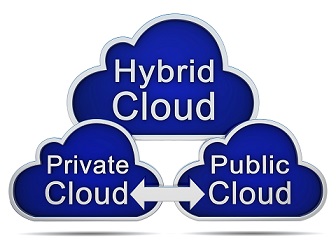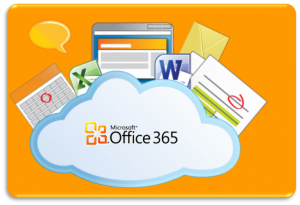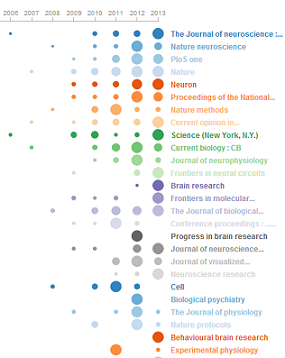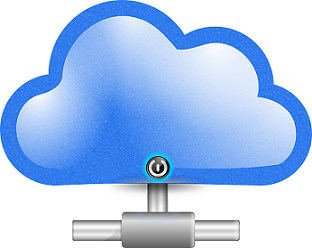The “dark Web” – the Wild West of underground Internet sites – has received a lot of attention and notoriety of late. But many people may not have heard of “dark data.” Practices regarding dark data have prompted a lot of discussion in data management circles.
Gartner originally coined the term. Condensed here, the definition of dark data is “the information assets organizations collect, process and store during regular business activities, but generally fail to use for other purposes.”
Organizations often retain dark data for compliance purposes. “Storing and securing data typically incurs more expense (and sometimes greater risk) than value,” Gartner writes. Read More

 Security experts far and wide cry loudly any time there is a suggestion about using cloud services for anything but the most routine of tasks. Hacking is a concern about which many are rightfully concerned.
Security experts far and wide cry loudly any time there is a suggestion about using cloud services for anything but the most routine of tasks. Hacking is a concern about which many are rightfully concerned. A series of takeaways from a recent Microsoft financial analysts’ meeting — the first in two years — reveals what’s ahead for the company. If they’re smart, it’ll be a focus on the enterprise and cloud services.
A series of takeaways from a recent Microsoft financial analysts’ meeting — the first in two years — reveals what’s ahead for the company. If they’re smart, it’ll be a focus on the enterprise and cloud services. What major trends are changing the nature of the enterprise environment?
What major trends are changing the nature of the enterprise environment? Cloud computing will simply have been ingrained in the technology we use, and will cease to become a meaningful term for technologists. We’ll all be
Cloud computing will simply have been ingrained in the technology we use, and will cease to become a meaningful term for technologists. We’ll all be  We’re entering the
We’re entering the 